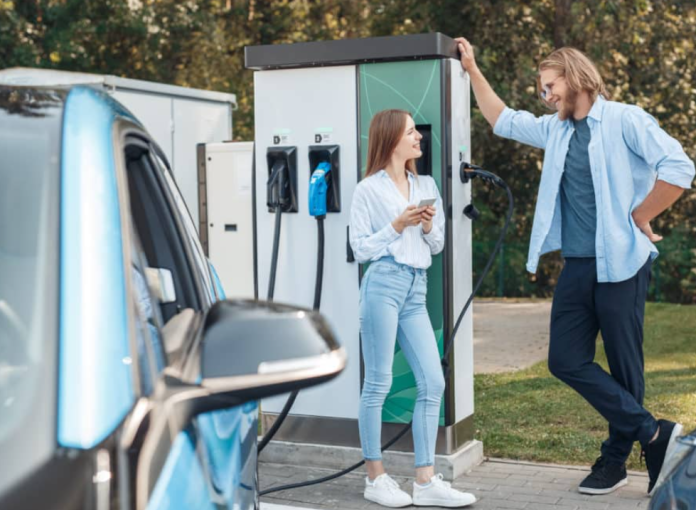
“Making cars is a complex business, and it takes some time for a new company to find its footing,” says Jake Fisher, Consumer Reports’ senior director of car testing. As electric cars become more popular by the day, their promise of cleaner, less noisy, and more efficient driving comes with a new set of questions about reliability. For both car enthusiasts and safety-conscious buyers, it is necessary to know the most frequent breakdowns and chronic issues in order to make an informed jump into electrification.
While the new EVs are marvels of modern engineering, they also come with their own particular set of special problems from battery degradation to software quirks that are a far cry from their fossil-fuel-burning forebears. Drawn from owner reports, industry data, and expert opinion, this listicle explores the most contentious reliability issues and how they impact real-world EV ownership. Here’s what every current and future EV driver should know.

1. Battery Degradation and Longevity Top Concerns
Battery health is the mainstay of reliability for most EV owners. Over time, with usage, lithium-ion batteries experience progressive capacity loss a process known as degradation. Average EV batteries are estimated to shed between 1–2% range annually, although this can be different based on driving cycles, charging habits, and geography. According to Recurrent’s analysis of over 2,000 Tesla Model 3s, most vehicles lose range during the first 20,000 miles and then drastically decrease in speed. While manufacturers do offer 8- to 10-year warranties, the true life is usually over 150,000 miles. But habits like frequent fast charging, extensive exposure to high temperatures, and driving the battery to zero repeatedly can lead to wear and tear at a faster pace. Therefore, the majority of experts suggest keeping the state of charge between 20% and 80% and eschewing rapid charging as much as possible. “EV batteries are built to take regular use, such as daily driving and road trips,” Recurrent writes. But routine maintenance is still essential to seeing maximum lifespan achieved.

2. Charging System Failures and Infrastructure Challenges
While home charging is convenient for most day-to-day driving, public charging infrastructure hasn’t always matched EV expansion. Drivers bemoan anything from dodgy charging points and non-compatible plugs through to slow or incomplete charging sessions. Faults in charging systems, TopSpeed reports, are due to faulty ports, damaged cables, or failure of on-board chargers. The faults may strand drivers in low-density charging areas. Regular maintenance visits and the application of manufacturer-approved charging equipment will help, but the final answer lies in continued public investment in infrastructure and standardized connectors. Meanwhile, installing a home charger and planning out long drives in terms of reliable stations are the best ways to prevent charging issues.
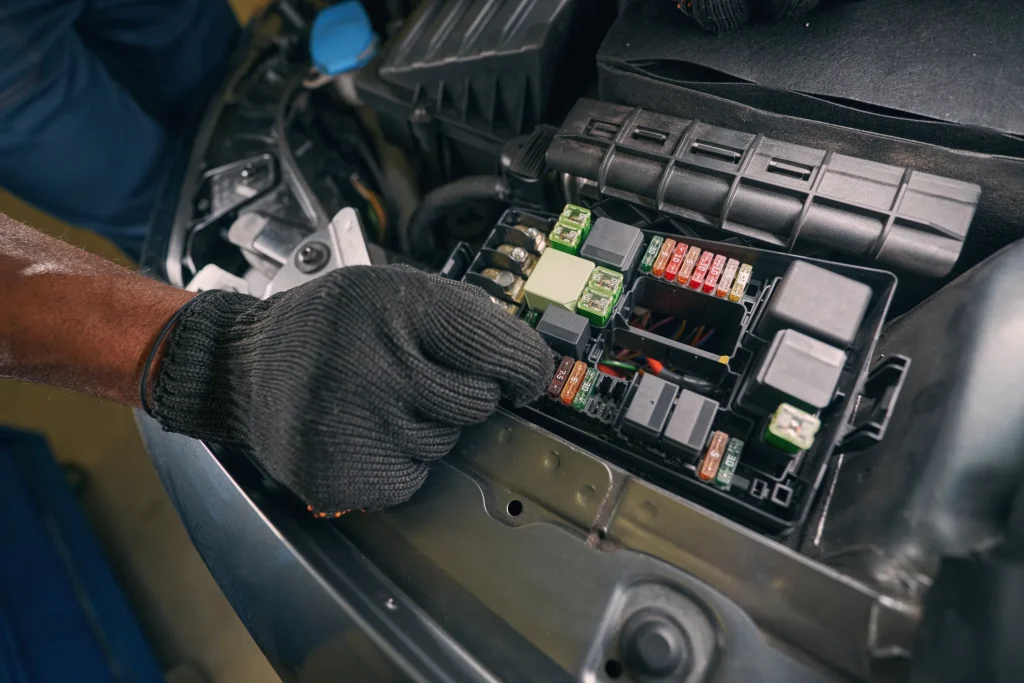
3. In-Car Electronics and Software Glitches
Modern EVs are as much computer on wheels as they are automobiles. Drivers of vehicles like Tesla Model Y and Volkswagen ID.4 have reported complaints of software glitches, screen malfunctions, and electrical system malfunctions. Consumer Reports reports that in-car electronics and electrical accessories are also leading causes of owner complaints, often leading to sudden failure or loss of critical functionality. While many problems are addressed through over-the-air updates, others require dealer repair. “EVs are often a beta test for emerging tech, so there are more electrical accessory and in-car electronics issues too,” Consumer Reports’ Steven Elek writes. Keeping software up to date and fixing dashboard alerts in a timely fashion are important steps to prevention of interruptions.
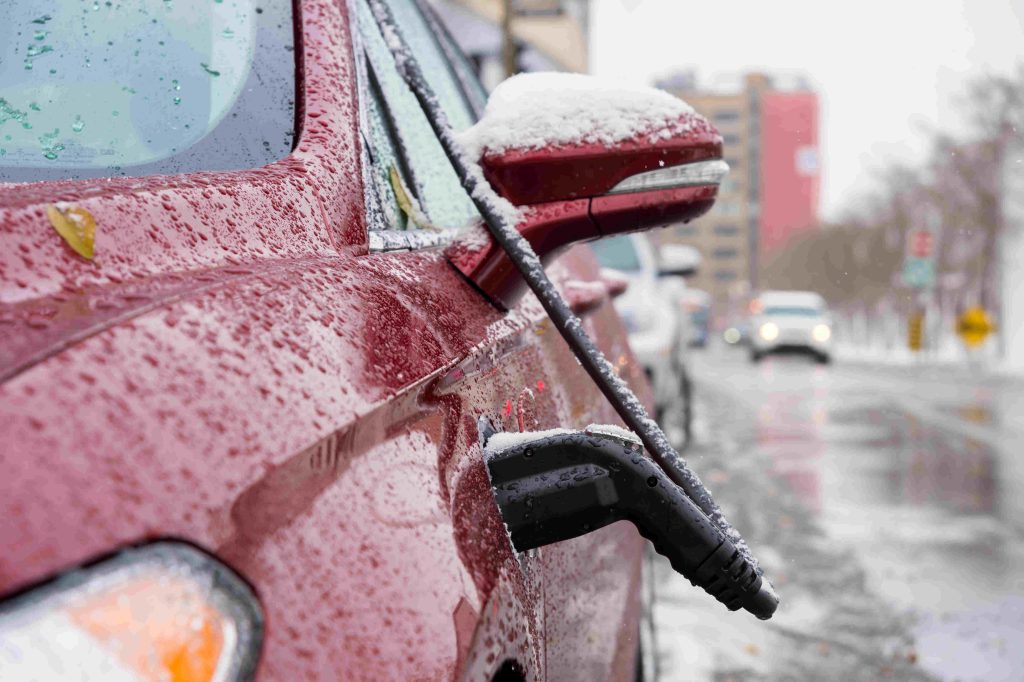
4. Reduced Range and Performance in Harsh Weather
Heat waves and cold snaps have an extreme impact on EV performance. Batteries are also impacted by extreme temperatures, with cold weather alone leading to temporary range reductions of up to 40%, according to GreenCars. Chemical processes inside the battery slow down in cold temperatures, reducing available energy and extending the time to charge. Heat, on the other hand, has the tendency to speed up long-term battery degradation. While most newer EVs come with thermal management technologies that mitigate these effects, drivers in extreme environments must precondition their vehicles charging and park in covered or climate-controlled spots when possible. Using seat heaters instead of cabin heat is another means to conserve range in freezing temperatures.
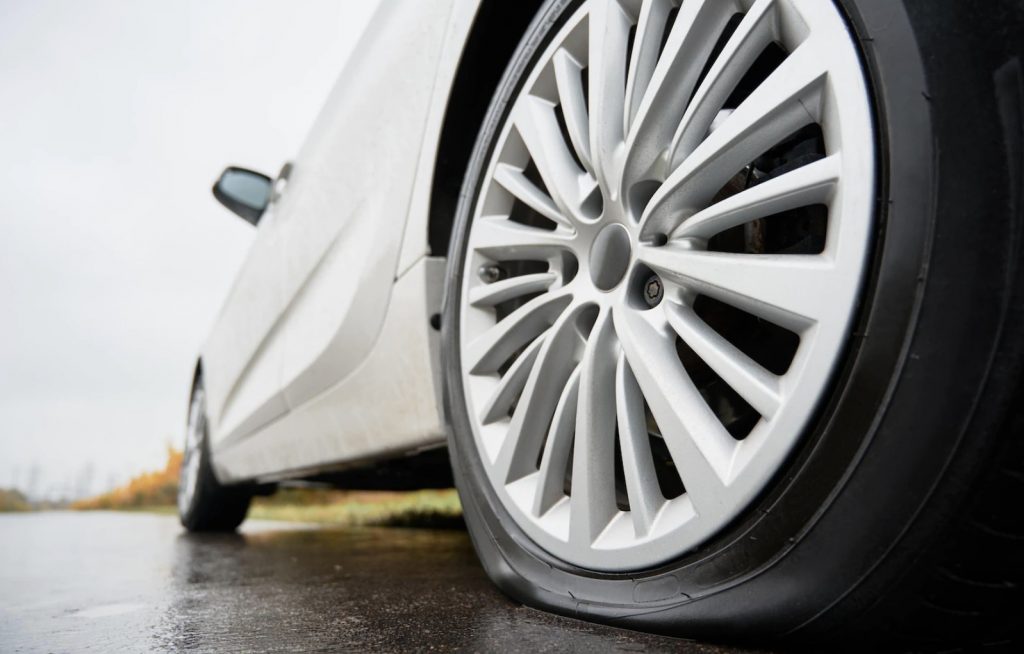
5. Tire and Brake Wear Due to Weight and Instant Torque
EVs tend to be heavier than their internal combustion engine cousins due to massive battery packs. The additional weight combined with instant torque delivery by electric motors results in faster tire wear up to 20% higher than comparable gas-powered vehicles, according to TopSpeed. Regenerative braking systems reduce the amount of conventional braking, but when they are not used sufficiently frequently, brake parts might rust or not respond as well. Regular tire rotation, maintaining tires at proper pressure, and regular use of friction brakes are recommended for even wear and optimum safety. Although less than for gasoline-powered vehicles, brake servicing is still a critical part of EV maintenance.
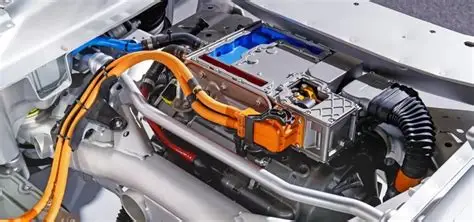
6. High-Voltage Battery Replacement Costs
While rare in warranty periods, catastrophic degradation or failure of a battery will necessitate replacement an activity that still is one of the most expensive in the EV world. High-voltage battery replacements run as much as $20,000 or as little as $5,000, varying by model and labor, RepairWise reports. Replacements, however, are usually done under warranty, and some manufacturers make packs where only those cells that failed can be replaced. As the cost of batteries keeps falling and recycling is more common, long-term prospects look good for affordability, but owners must factor in potential replacement expenses in long-term cost-of-ownership planning.

7. The True Tale of EV Breakdown Rates
Contrary to anxiety, new data from Germany’s ADAC reveal that EVs manufactured between 2020 and 2022 had a breakdown rate of just 4.2 per 1,000 cars, while combustion engines recorded a 10.4 breakdown rate. Most EV breakdowns are due to the low-voltage battery a component both gas and electric vehicles share rather than the high-voltage drive battery. Notably, the Tesla Model Y and Volkswagen ID.4 posted breakdown frequencies below 1 per 1,000 on 2022 models, while outliers like the Hyundai Ioniq 5 experienced higher rates. ADAC reminds us that many problems during the early stage have been fixed as manufacturers fine-tune their designs, meaning overall EV reliability is heading in the right direction.
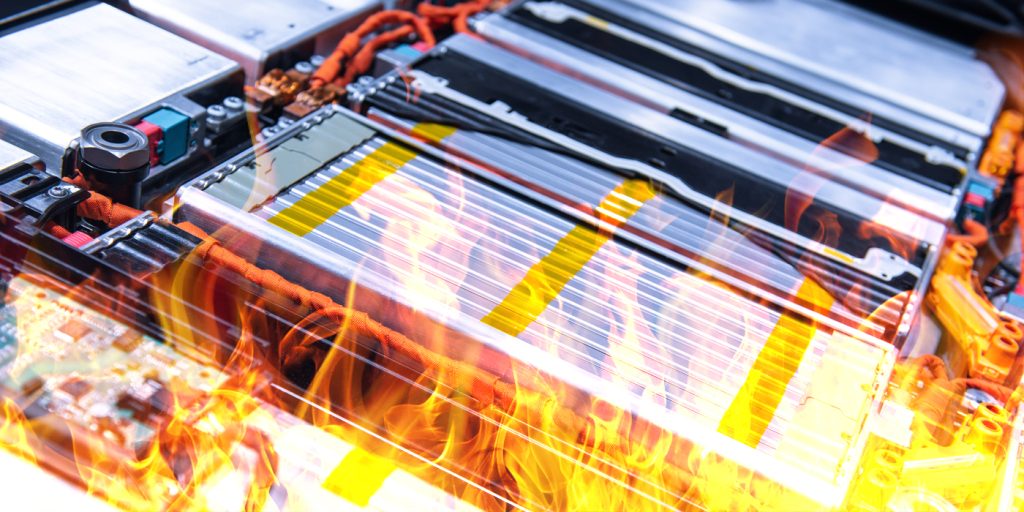
8. Battery Fires: Rarity and Reality
High-profile Chevrolet Bolt EV recalls, among others, have created intrigue about the danger of battery fires. However, real-world rates are very low. TopSpeed reports fewer than 500 EV battery fires from 2010 through 2024 roughly 1 in 100,000 cars. Gas and diesel vehicles, by contrast, are 29 times more likely to catch fire, according to a Swedish study. Although thermal runaway poses a dangerous threat, the majority of manufacturers have strong safety systems in place and put out recalls immediately when there are risks. Owners must respond to recall notices and eschew crash damage to further reduce risk.

9. Specialized Repair Requirements and Technician Training
EVs are different from conventional vehicles to repair and maintain. High-voltage systems, sophisticated software, and novel drivetrains ensure that not all mechanics are qualified to repair EVs. As RepairWise cites, having the proper knowledge and tools in a garage is essential. The industry is rapidly changing, as more garages and mechanics receive EV certifications, but availability might still be limited within specific regions. Owners should be better off visiting accredited service shops and familiarizing themselves with their vehicle’s specific maintenance requirements.
Electric vehicles are reshaping car reliability through a combination of technical innovation and emerging requirements for owners and repair technicians. While some like battery degradation and computer software problems are unique to EVs, others like tire wear and charging infrastructure are the face of changing mobility in today’s world. The data show that the majority of EVs are getting progressively more durable with each subsequent model year, and care-conscious use, properly informed driving, and adherence to manufacturer guidelines can allow owners to maximize the potential benefits of electric mobility. Potential switchers must be briefed on these realities to create an informed and confident EV ownership experience.
